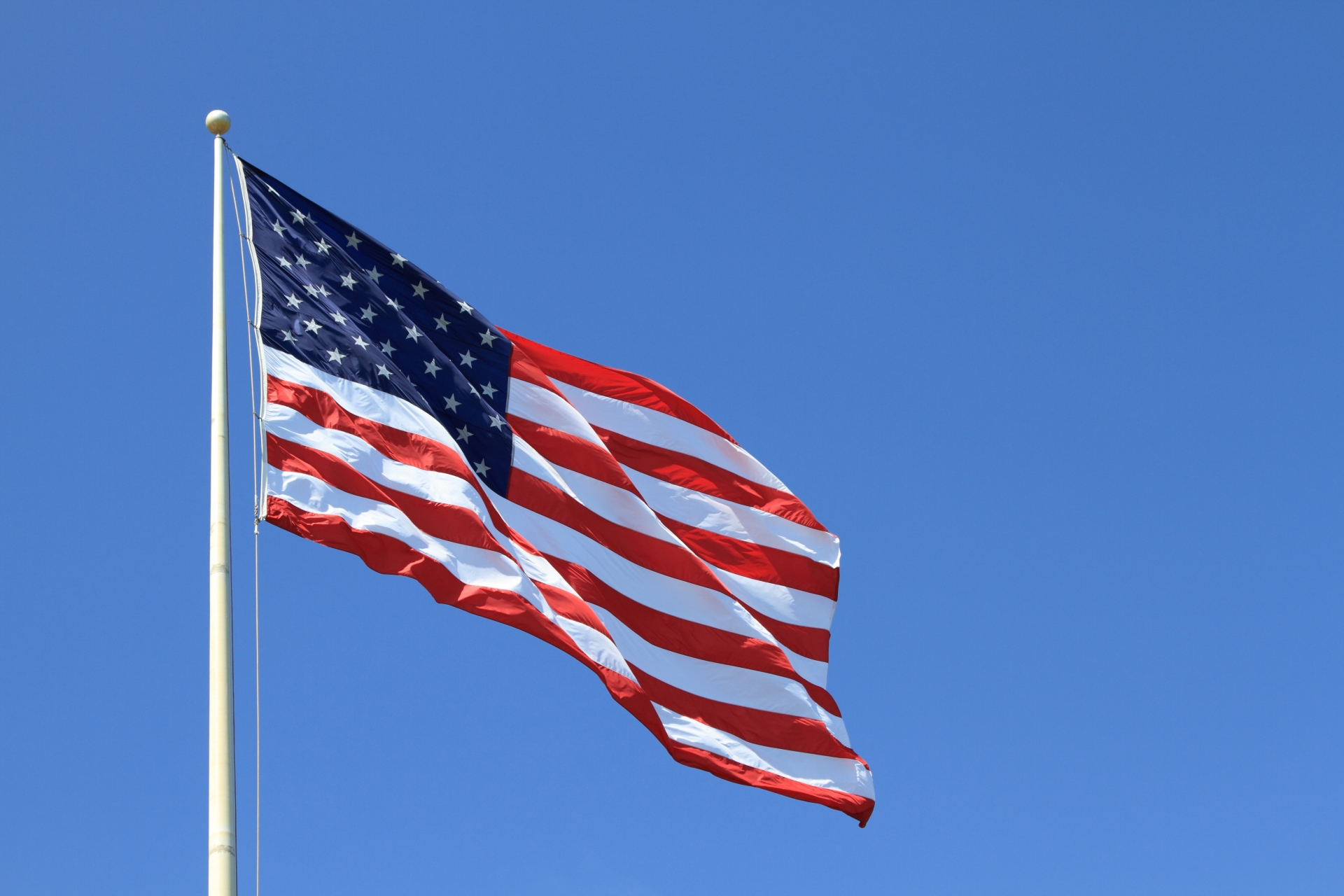Florida in the southeastern United States is known for its warm climate year-round, with especially hot and humid summers that many people find oppressively muggy. Below is a detailed explanation of why Florida gets hot, how to deal with the heat, and some cooler spots within the state.
1. Reasons Why Florida Is Hot
1-1. Tropical and Subtropical Climate
- Northern Florida has a subtropical climate, while southern Florida is tropical, resulting in high temperatures and humidity throughout the year.
- Average summer high temperatures range from 30°C to 35°C (86°F to 95°F), with high humidity making it feel even hotter.
1-2. Moist Air from the Atlantic Ocean and Gulf of Mexico
- Surrounded by water, Florida constantly receives warm, moist air from the Atlantic Ocean and Gulf of Mexico, increasing humidity.
- The high humidity intensifies the muggy feeling and causes the heat index (felt temperature) to be higher than the actual air temperature.
1-3. Long Daylight Hours and Strong Sunlight
- During summer, Florida experiences long daylight hours and a high sun angle, resulting in strong and prolonged sunlight exposure.
1-4. Urban Heat Island Effect
- Cities like Miami and Orlando retain heat in asphalt and buildings, making it difficult for temperatures to drop at night.
2. Heat Countermeasures
2-1. Individual Level
- Avoid strong sunlight during the day, especially between 11 a.m. and 4 p.m.
- Frequently hydrate and replenish salts.
- Wear breathable light clothing, hats, sunglasses, and use sunscreen.
- Use air conditioning indoors and seek shade or cooler places when outdoors.
2-2. Housing and Buildings
- Use blackout curtains or blinds to block direct sunlight and prevent indoor temperature rise.
- Efficiently use air conditioning combined with fans to enhance cooling.
- Open windows at night when cooler air is available.
2-3. Community and Administration
- Establish and utilize cooling centers.
- Issue heat wave and heatstroke warnings promptly and provide quick information.
- Support vulnerable groups such as elderly people, children, and those at health risk.
3. Cooler Spots (Places to Escape the Heat)
3-1. Coastal Beach Resorts
- Coastal areas like Miami Beach and Key West benefit from sea breezes that improve airflow and reduce the muggy feeling.
- Activities such as swimming and water play help lower the perceived temperature.
3-2. Lakes and Rivers in the State
- Water areas such as Lake Okeechobee and the St. Johns River offer cooler breezes, making them good places to beat the heat.
3-3. Northern Florida
- Areas around Jacksonville and Pensacola in northern Florida are somewhat cooler and less humid than southern parts.
4. Summary
| Item | Details |
|---|---|
| Causes of Heat | Tropical and subtropical climate, humidity from Atlantic and Gulf, strong sunlight, urban heat island effect |
| Heat Countermeasures | Avoid daytime sun, hydrate and replenish salts, use shading and air conditioning, utilize cooling centers |
| Cooler Places | Coastal beach resorts, lakes and rivers, northern Florida |



コメント